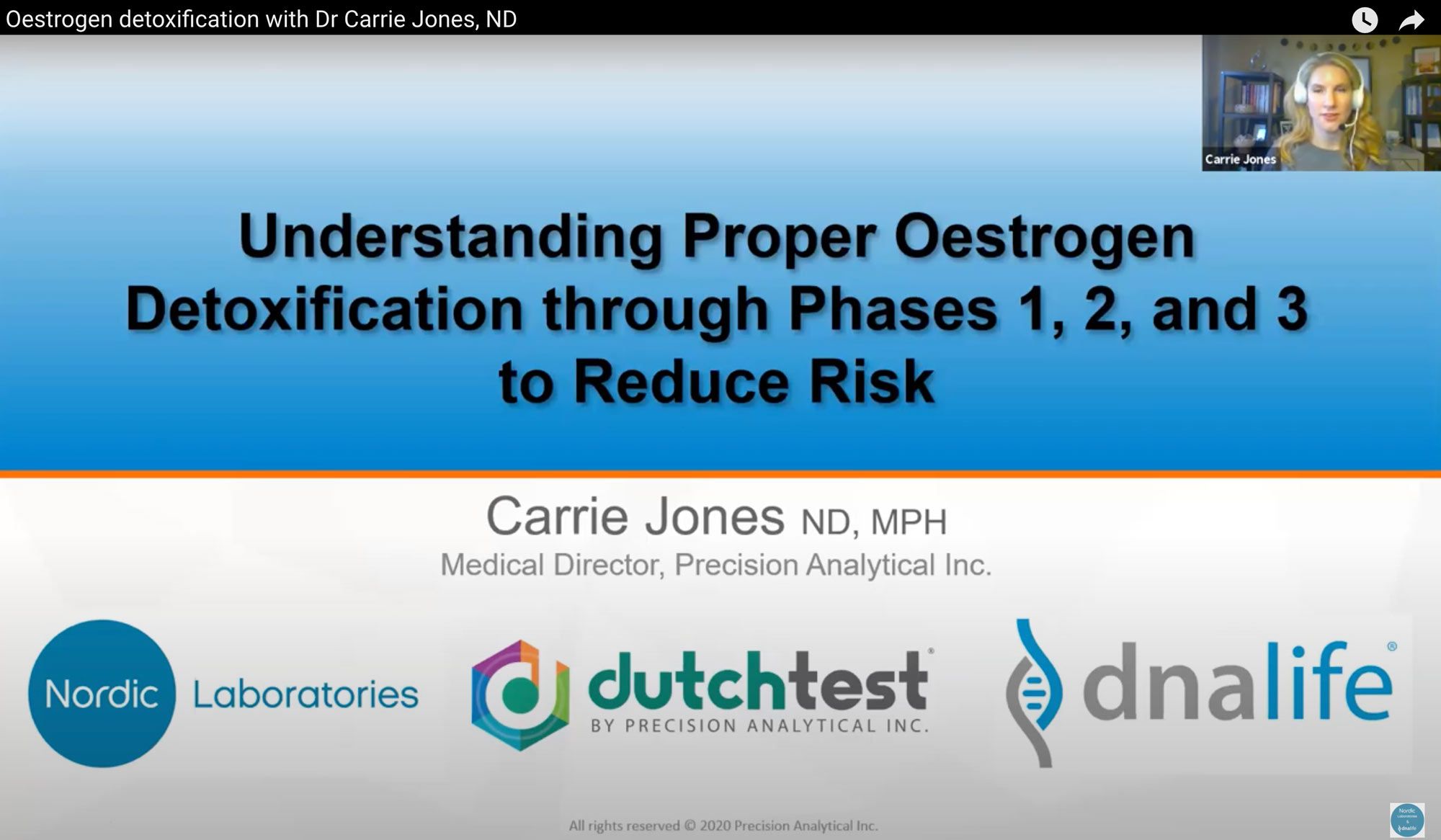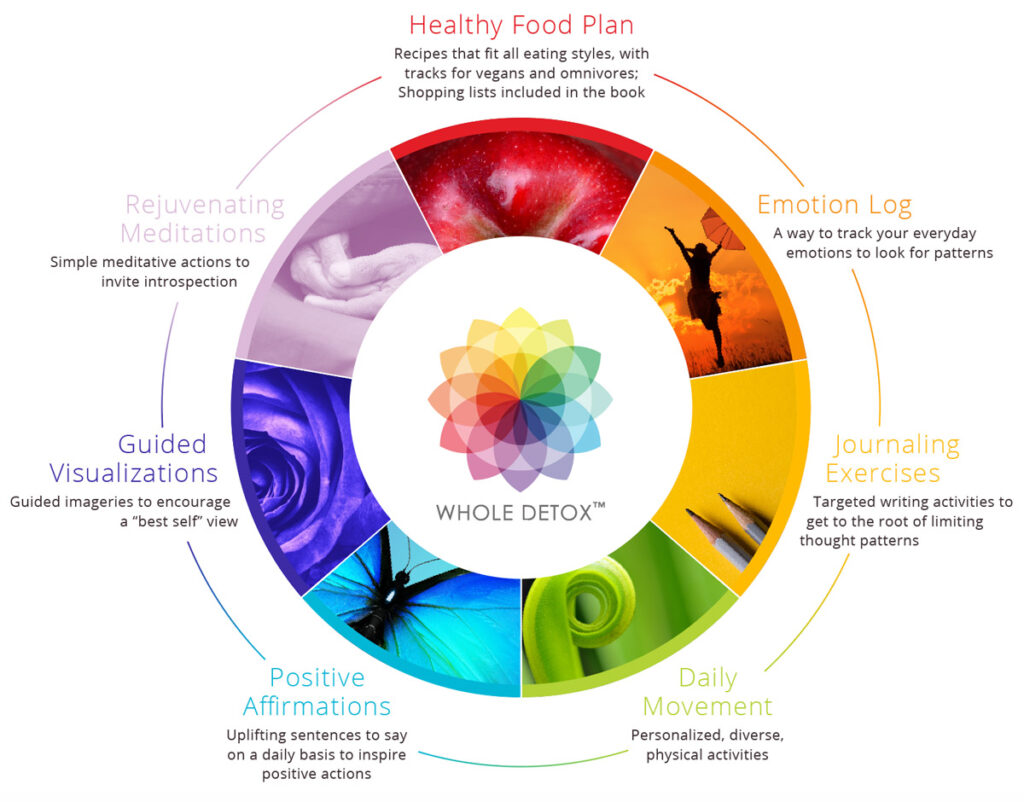Autoimmune diseases
In patients suffering from autoimmune diseases, their immune system confuses normal proteins for invaders and goes after them, destroying tissues and organ functions. The reasons for this have been revealed by researchers to some extent – but the insight reveals the complexity behind autoimmune diseases, and many genetic and environmental factors have been identified as contributing causes.
Autoimmune diseases constitute a very large category of disease in which many common conditions belong, such as rheumatoid arthritis, lupus, Crohn’s disease, ulcerative colitis, multiple sclerosis, type 1 diabetes, psoriasis, metabolic diseases and many others. In autoimmune diseases, the immune cells synthesize so-called autoantibodies against the body’s own tissue. The antibodies signal to other immune cells to destroy proteins and fatty acids in the tissue that the body mistakenly sees as invaders. Which tissue is affected determines which disease you are diagnosed with.
Many factors have been shown to cause or increase the risk of autoimmune diseases. The risk of developing autoimmunity is especially high when you have the following 3 risk factors.
1. Genetic susceptibility
2. increased intestinal permeability
3. an external trigger ie. an environmental factor.
These factors – or one of them in isolation – cause most autoimmune diseases. & nbsp; If you suffer from an autoimmune disease, you are at high risk of developing a second or third disease, etc. Individual genetic variations may increase vulnerability to certain diseases. However, diet, lifestyle and other environmental factors help to determine how genes are expressed i.e. & nbsp; whether they are turned on or off. Sometimes it is a genetic variant that causes a deterioration of one or another biological function, only a problem in the presence of a certain kind of burden. The importance of our genes has been downplayed in favor of gut health and a trigger when it comes to the development of autoimmune diseases.
Leaky gut
Intestinal permeability or ”leaky gut” is a phenomenon that has been shown to be present in all autoimmune conditions where it has been scientifically studied. ”Leaky gut” means that the intestinal mucosa has become fragile and permeable. The consequences are numerous. Toxins from intestinal bacteria and larger particles from the diet have been allowed to pass through the barrier, a barrier that normally only needs to allow fully digested nutrients through. This leads to activation of the immune system located inside the intestinal wall. Immune cells start communicating to activate each other and begin to trigger large amounts of proinflammatory molecules. Whole microorganisms can also cross the barrier that has been observed under conditions such as lupus, type 1 diabetes and myalgic encephalomyelitis (sometimes called chronic fatigue syndrome or in short ME / CFS). The phenomenon is called microbial translocation and can cause inflammation and autoimmunity in tissues located far from the intestine. In microbial translocation, the body’s immune system reacts in the same way as an infection. A damaged intestinal mucosa is also less able to absorb nutrients, which in itself can reduce the body’s ability to heal as well as impair the immune system’s ability to function optimally.
There are many potential causes of leaky gut, such as the composition of the intestinal flora, the presence of SIBO, nutritional deficiencies and dietary components such as gluten, casein (milk protein) and other peptides (small proteins) that can be difficult to break down. Lifestyle factors such as stress, lack of sleep, certain pharmaceuticals and a sedentary lifestyle can also contribute to leaky gut.
External Triggers
Often there are several triggers that, along with leaky gut, increase the risk of autoimmunity. An example could be infections. Epstein-Barr is a virus that is particularly linked to autoimmunity. However, many other infections – both viral and bacterial – have been shown to cause an autoimmune reaction. In fact, infections may be the most well-known trigger for autoimmune diseases across medical and scientific conditions. Toxic metals such as mercury, cadmium and aluminum are another category that can play a role in autoimmunity, especially when it comes to neurological diseases.
Autoantibody formation can sometimes be secondary in relation to a tissue or cell damage caused by e.g. Surgery. Proteins from the internal environment of a tissue or cell are exposed, after which the immune system forms autoantibodies against these proteins, which do not normally have to circulate freely.
Medical research has revealed that vitamin D deficiency is a very important factor in the development of all types of lifestyle diseases, including autoimmune diseases.
Each patient with an autoimmune disease has a unique combination of underlying factors that triggered their condition. At the Nordic Clinic, we carefully review each patient’s history and recommend tests and interventions based on their unique symptom picture, lifestyle and contributing environmental factors.







